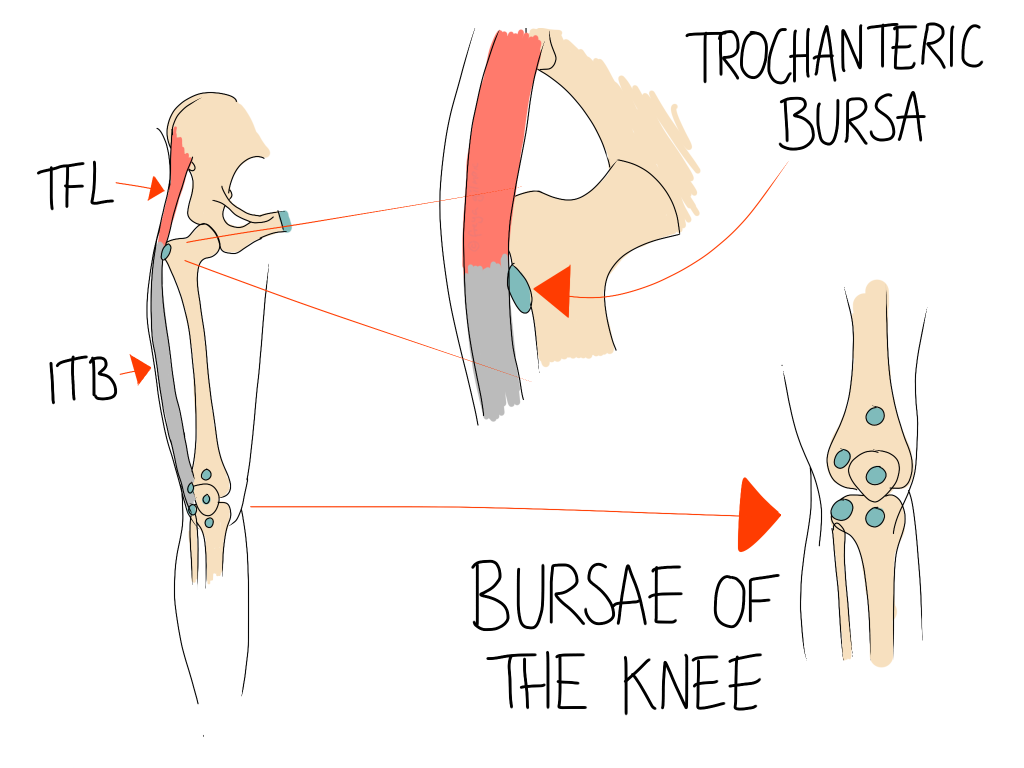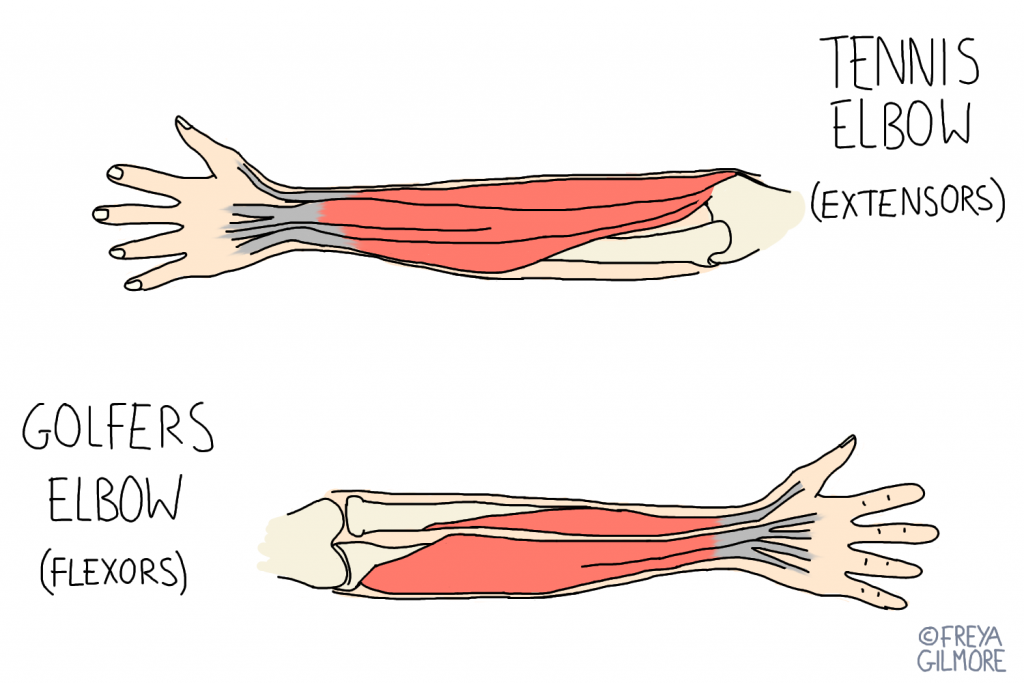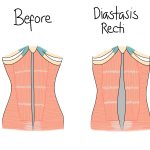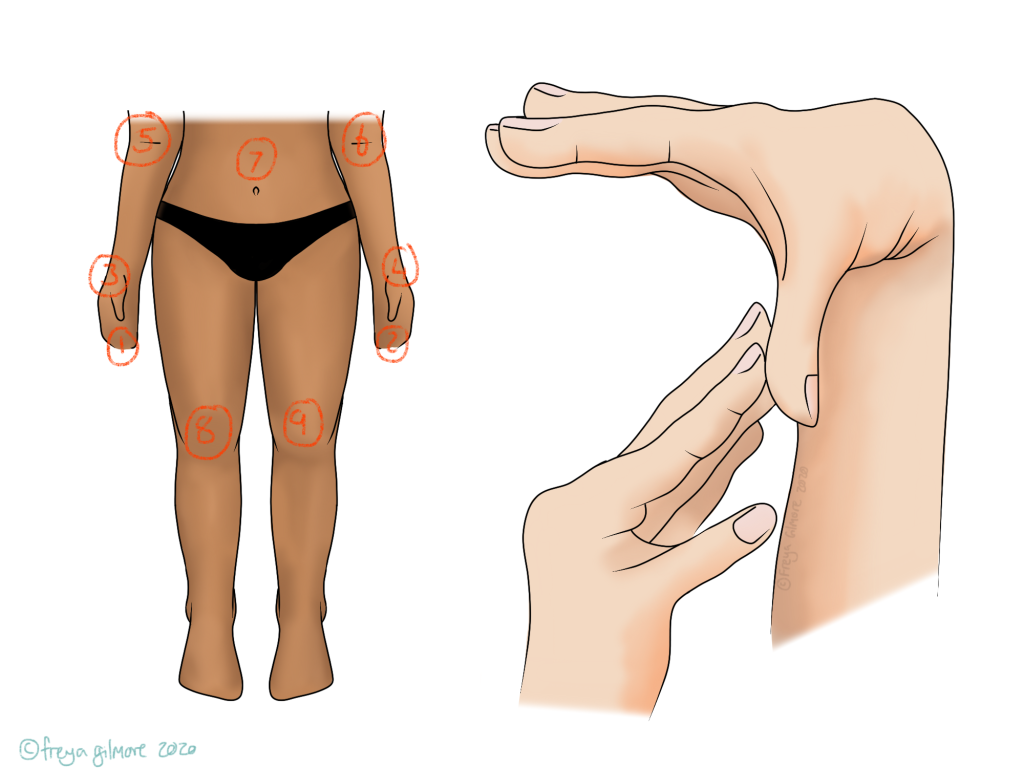There are over a hundred fluid filled sacs called “bursae” in the body. Bursitis is inflammation of a bursa. Symptoms can include focal pain, swelling, heat, and redness.
In areas where tendons run closely to bone, you can often find bursae, as their function is to prevent friction. The two areas in which I see the most bursitis at work are on the hip and the knee.
Trochanteric Bursitis
The most prominent point on the outside of the hip is the greater trochanter. The bursa that sits on it is the trochanteric bursa. It protects the TFL/ITB from friction on the greater trochanter. This one is particularly relevant because the ITB is a relatively tight band normally, but is often involved in knee problems. Progress can be quite slow with trochanteric bursitis, as there is often an underlying knee problem. This knee problem needs to improve for the ITB to lose tension, and stop irritating the bursa. Icing the painful area can reduce inflammation and manage pain to speed up progress.
Patella Bursitis
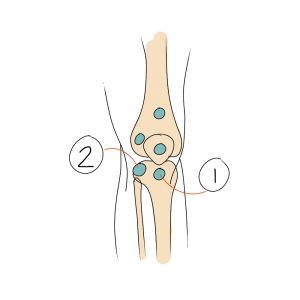
Technically “patella bursitis” is not a diagnosis in itself, because there are a number of individual bursae that sit around the patella. The two I see the most often are just below the knee cap, and on the outer side.
The bursa below the knee cap (1) is the “subcutaneous infrapatella bursa”. A mouthful, but all is means is that it’s under the skin and below the patella. This one is associated with tight quadriceps. It sits just above the bony lump called the tibial tubercle. This lump is more prominent in people who have had Osgood Schlatter’s disease.
The second (2) is conveniently called “bursa deep to ITB”. When there are hundreds of busae in the body, it makes sense to name them this way! As the name suggests, it is the knee’s counterpart to the hip’s trochanteric bursa.
Management
Bursitis is usually a secondary sign that something is going wrong, and that there is friction where it shouldn’t be. However, it is important to be aware that the inflammation can be caused by infection in some instances, which will not respond to osteopathic treatment and may require antibiotics from your GP.
In that cases of friction-induced bursitis in the bursae along ITB, there may be a problem with the knee. This can cause the ITB to tighten up to support the knee. Other common areas, such at the point of the elbow, may be irritated by repetitive pressure. Another name for bursitis on the elbow is “student’s elbow”, because the pressure of leaning on a desk can cause it.
Your osteopath will work to find the original cause of the friction, and likely advise you to ice the area to reduce local inflammation. See the NHS page on bursitis for more first aid.
Click here to make an appointment for your pain in MK or Buckingham

